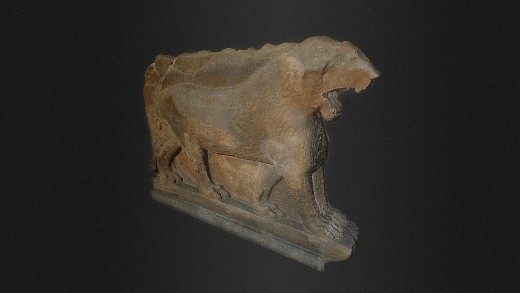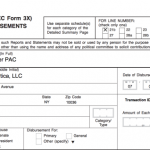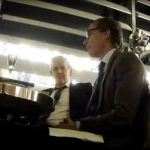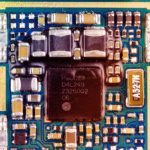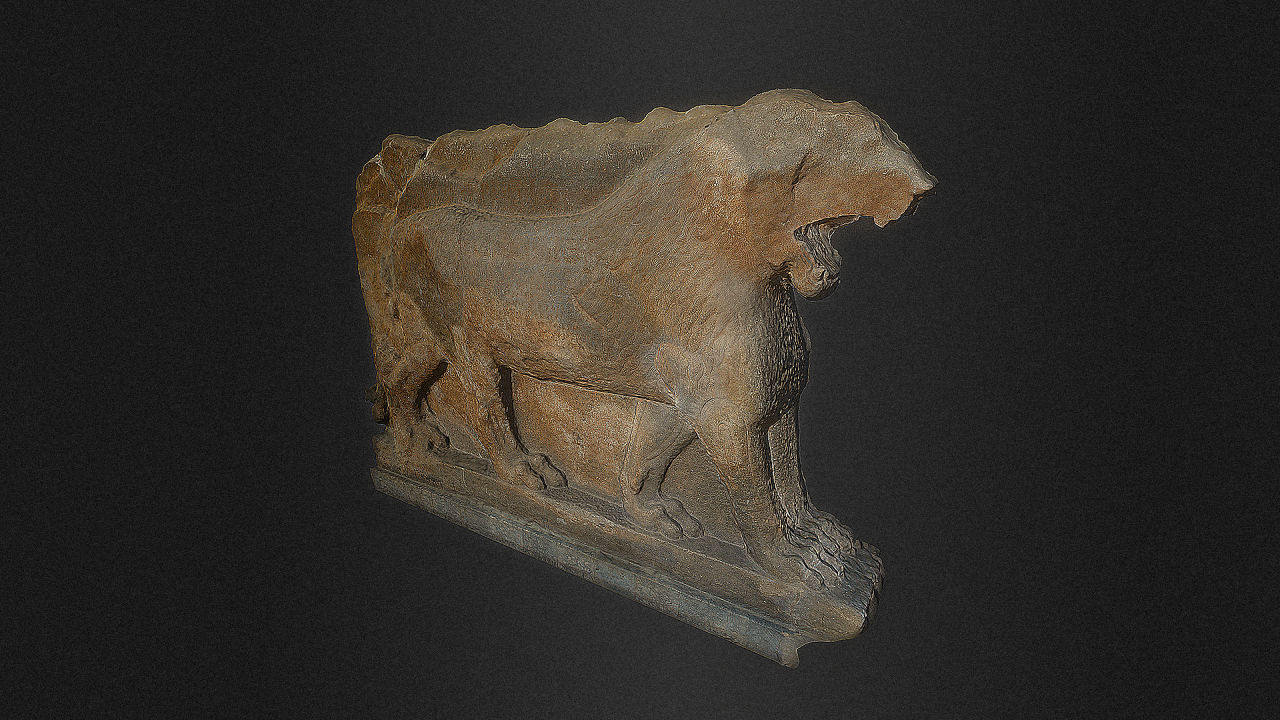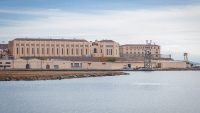in the Wake Of ISIS, 3D Scans Are Saving Iraq’s Cultural Heritage
a global workforce of volunteers is working to digitally reconstruct destroyed artifacts. could it also be the future of museums?
June 10, 2015
When ISIS stormed via northern Iraq in February, it looted what was left of the Mosul Museum, which had already been raided right through the 2003 U.S.-led invasion of Iraq. The museum had been dwelling to great Assyrian sculptures as well archaeological finds from historic Mesopotamia, a neighborhood incessantly referred to as the cradle of civilization. as well as, ISIS members destroyed statues and monuments that had been standing in modern-day Iraq for some 2,000 years.
“The destruction of sites within the region is a tragedy and absolutely heart-breaking,” says Matthew Vincent, an archaeologist who has worked in neighboring Jordan.
Vincent is the co-founder of project Mosul, which he and his analysis collaborator chance Coughenour launched so as to check out to salvage a piece of this historical past. The undertaking’s goal is to digitally protect the Mosul Museum’s heritage within the form of interactive 3-D scans, like the one under.
To create these 3-D scans, mission Mosul makes use of photogrammetry, a process of stitching together 2-D photography that works in a similar way to human sight. each considered one of our eyes perceives flat 2-D images and our mind uses the 2 photography from every eye to create the three-D view we understand around us. Photogrammetry makes use of that very same process, replacing our brains with pc algorithms and our eyes with a whole lot or thousands of pictures. the pictures are primarily provided by means of unusual people who happen to have visited the museum or archaeological web sites—locals, archaeologists, and vacationers.
eventually, Vincent hopes, they will be capable of create a fully immersive on-line museum the usage of interactive applied sciences. This future museum would possibly involve a mix of three-D models in Sketchfab with digital reality shows just like the Oculus Rift. another option Vincent and Coughenour fantasize about are absolutely virtual “walk-in” rooms like UC San Diego’s StarCAVE.
“i believe new technology makes it that you can imagine to preserve these objects regardless of having misplaced their bodily truth,” says Vincent. “on the comparable time, allowing interactive displays that no longer best can convey the artifact or monument, however provide it the context of historical past can reshape what museums are. Museums can change into livelier places throughout the mashup of 3-D models with linked data.”
mission Mosul is solely getting its ft off the bottom, but is already off to a promising begin. The project entails quite a lot of crowdsourcing, including compiling photographs of the intact artifacts, cataloging them, and generating the real 3-d models. There are a whole bunch of people that have signed as much as be concerned. presently Vincent and Coughenour are engaged on making it more straightforward for folk to post and catalog pictures, which does not require any unique technical skills.
nonetheless, Vincent doesn’t lose sight of the great devastation, even if we can bring a few of it back with expertise.
“We understand it won’t ever equal the destroyed artifacts which are lost endlessly,” he says. “We proceed to try and emphasize that this challenge is ready maintaining the reminiscence of lost heritage. Nothing can replace the original. yet, we hope that these 3D surrogates could lend a hand to care for the reminiscence of that heritage, and may stand as a reminder.”
(124)

